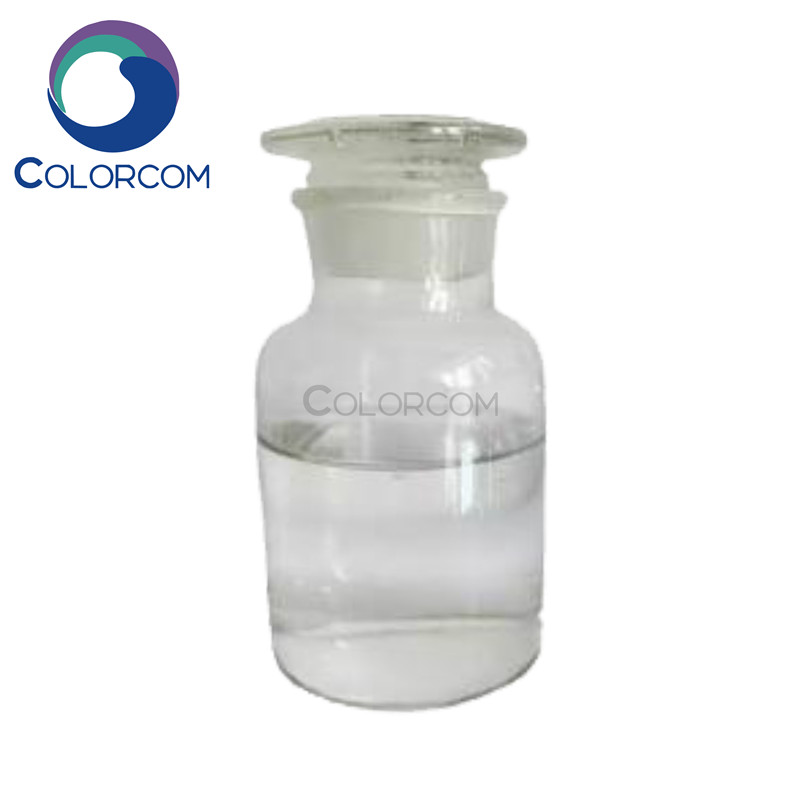Glycerol | 56-81-5
Products Description
Glycerol (or glycerine, glycerin) is a simple polyol (sugar alcohol) compound. It is a colorless, odorless, viscous liquid that is widely used in pharmaceutical formulations. Glycerol has three hydroxyl groups that are responsible for its solubility in water and its hygroscopic nature. The glycerol backbone is central to all lipids known as triglycerides. Glycerol is sweet-tasting and of low toxicity.Food industryIn foods and beverages, glycerol serves as a humectant, solvent, and sweetener, and may help preserve foods. It is also used as filler in commercially prepared low-fat foods (e.g., cookies), and as a thickening agent in liqueurs. Glycerol and water are used to preserve certain types of leaves. As a sugar substitute, it has approximately 27 kilocalories per teaspoon (sugar has 20) and is 60% as sweet as sucrose. It does not feed the bacteria that form plaques and cause dental cavities. As a food additive, glycerol is labeled as E number E422. It is added to icing (frosting) to prevent it setting too hard.As used in foods, glycerol is categorized by the American Dietetic Association as a carbohydrate. The U.S. Food and Drug Administration (FDA) carbohydrate designation includes all caloric macronutrients excluding protein and fat. Glycerol has a caloric density similar to table sugar, but a lower glycemic index and different metabolic pathway within the body, so some dietary advocates accept glycerol as a sweetener compatible with low carbohydrate diets.Pharmaceutical and personal care applicationsGlycerol is used in medical and pharmaceutical and personal care preparations, mainly as a means of improving smoothness, providing lubrication and as a humectant. It is found in allergen immunotherapies, cough syrups, elixirs and expectorants, toothpaste, mouthwashes, skin care products, shaving cream, hair care products, soaps and water-based personal lubricants. In solid dosage forms like tablets, glycerol is used as a tablet holding agent. For human consumption, glycerol is classified by the U.S. FDA among the sugar alcohols as a caloric macronutrient.Glycerol is a component of glycerin soap. Essential oils are added for fragrance. This kind of soap is used by people with sensitive, easily-irritated skin because it prevents skin dryness with its moisturizing properties. It draws moisture up through skin layers and slows or prevents excessive drying and evaporation.[citation needed] With similar benefits, glycerin is a common ingredient in many bath salts recipes. However, some assert that due to glycerin's moisture absorbing properties, it can be more of a hindrance than a benefit.Glycerol can be used as a laxative when introduced into the rectum in suppository or small-volume (2–10 ml) (enema) form; it irritates the anal mucosa and induces a hyperosmotic effect.Taken orally (often mixed with fruit juice to reduce its sweet taste), glycerol can cause a rapid, temporary decrease in the internal pressure of the eye. This can be a useful initial emergency treatment of severely elevated eye pressure.
Specification
| ITEM | STANDARD |
| Appearance | Colorless, Clear, Syrup Liquid |
| Odor | Parctically Odorless & Taste Sweet |
| Color(APHA) =< | 10 |
| Glycerin Content>= % | 99.5 |
| Water =< % | 0.5 |
| Specific Gravity(25℃) >= | 1.2607 |
| Fatty Acid & Ester =<ml 0.5mol/L NaoH) | 1.0 |
| Chloride =< % | 0.001 |
| Sulphates =< % | 0.002 |
| Heavy Metal( Pb) =< ug/g | 5 |
| Iron =< % | 0.0002 |
| Readliy Carbonizable Substances | Passes |
| Residue on Ignition =< % | 0.1 |









